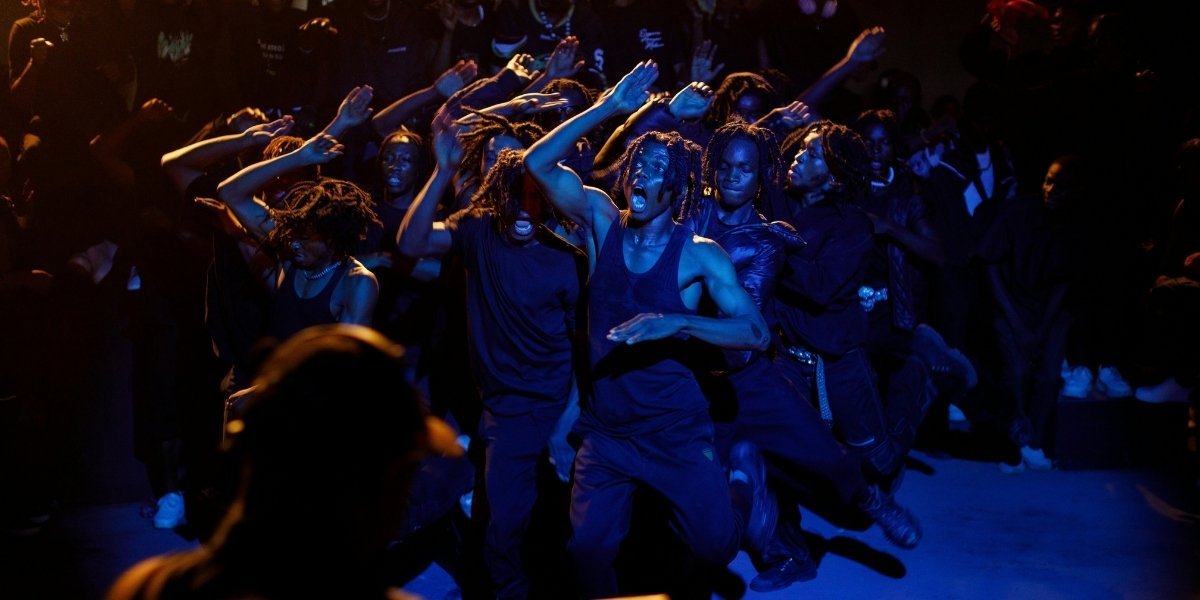Understanding the Basics of Fashion Pricing
Fashion pricing is a multifaceted process that extends far beyond the cost of raw materials and labor. While production expenses form the foundation of pricing decisions, the final retail price is influenced by a combination of factors including brand strategy, consumer perception, market demand, and distribution channels. Fashion brands must strike a delicate balance between profitability and the value they communicate to customers.
At the simplest level, pricing strategies fall into categories such as cost-plus pricing—where a markup is added to production costs—and value-based pricing, which focuses on what consumers are willing to pay based on perceived value. Luxury brands tend to adopt premium pricing to evoke exclusivity, while fast-fashion retailers emphasize affordability and rapid product turnover. Recognizing these basic approaches helps unravel the complex dynamics that influence how fashion products are priced and positioned in the marketplace.
Read Also: The Evolution of Sports Fashion: From Tracksuits to Streetwear
The Role of Brand Identity and Perceived Value
Brand identity is one of the most influential drivers of fashion pricing. Established luxury brands like Louis Vuitton, Chanel, and Gucci command high prices due to decades of heritage, consistent quality, and cultivated status. Their brand names carry significant cultural weight, symbolizing craftsmanship, exclusivity, and prestige.
This perceived value transcends the physical product. Consumers often pay a premium not only for superior materials or design but also for the emotional connection and social capital associated with the brand. Marketing campaigns, celebrity endorsements, and storytelling reinforce this emotional appeal, enabling brands to set prices far above production costs.
Emerging brands, on the other hand, face challenges in establishing credibility and brand equity. They must invest in building identity through consistent messaging and quality to justify higher prices. Without strong brand recognition, even high-quality products may struggle to command premium prices.
Production Costs and Supply Chain Complexity
Production costs play a critical but not exclusive role in fashion pricing. These include the cost of raw materials, manufacturing labor, technology, and quality control. The use of premium fabrics—such as silk, cashmere, or organic cotton—significantly increases costs compared to mass-produced synthetic materials. Artisanal craftsmanship, hand-sewn details, and limited production runs contribute to higher prices. Brands that prioritize sustainability and ethical sourcing face additional expenses, including fair wages, eco-friendly materials, and transparent supply chains.
Globalization has allowed many brands to optimize costs by sourcing materials and labor worldwide. However, supply chain complexities—such as shipping fees, tariffs, and geopolitical disruptions—can increase expenses unpredictably. Brands committed to ethical and sustainable production often pass these costs onto consumers but also leverage these values to build loyalty and justify premium pricing.
Market Demand and Consumer Behavior
Market demand is a powerful determinant of fashion pricing. Highly coveted or trending items can command premium prices driven by scarcity and hype. Limited editions, capsule collections, and collaborations with celebrities or influencers generate excitement, creating urgency for consumers to purchase. Consumer demographics influence pricing strategies as well. Younger consumers might prioritize trendy, affordable options, aligning with fast-fashion models. Older or more affluent consumers may value timeless designs, superior craftsmanship, and exclusivity, allowing brands to maintain higher prices.
Social media has amplified consumer influence, enabling rapid shifts in trends and preferences. Regional differences also play a role; brands often adjust prices based on local purchasing power and competitive landscapes. Dynamic pricing models enable brands to respond swiftly to changes in demand, optimizing profitability while meeting consumer expectations.
The Impact of Retail Channels and Distribution on Pricing
Retail channels and distribution strategies significantly shape final fashion prices. Traditional brick-and-mortar stores incur high overhead costs such as rent, utilities, and staff salaries, which are factored into pricing. These stores often provide personalized service and immersive brand experiences that justify higher prices. Online retail reduces some operational expenses but requires investment in technology, digital marketing, and efficient logistics. The rise of e-commerce has pressured brands to reconsider pricing strategies to stay competitive while covering fulfillment costs.
Exclusive retail partnerships or limited availability through flagship stores can elevate brand prestige and prices by controlling product access. Conversely, widespread distribution through discount outlets or mass-market retailers often leads to lower prices to attract a broader audience. Direct-to-consumer (DTC) brands leverage digital channels to bypass intermediaries, potentially offering better prices or margins. However, DTC models demand investments in branding and customer engagement.
Read Also: Celebrating the Legacy of Black Fashion and Culture
Future Trends Shaping Fashion Pricing
Fashion pricing is evolving alongside technological, social, and environmental changes. Sustainability has become a critical factor, with consumers willing to pay premiums for ethical production, recycled materials, and transparent supply chains. Brands integrating these values into their pricing strategies are gaining competitive advantage.
Technological innovations such as AI-driven demand forecasting, virtual try-ons, and blockchain for supply chain transparency enable brands to reduce waste, optimize inventory, and build consumer trust—all influencing pricing efficiency. Personalization and customization trends create opportunities for premium pricing by delivering tailored products that meet individual consumer preferences.
At the same time, fast fashion and resale markets continue to pressure prices downward, emphasizing accessibility and affordability. Balancing these forces will require brands to innovate pricing strategies that harmonize profitability with evolving consumer values and expectations.








